More than half of the county councils in England with elections scheduled for this year could seek to have the votes postponed, the BBC can reveal.
At least 12 out of 21 county councils due to hold elections in May are poised to ask ministers to delay the ballots to explore options set out in a major redesign of local government announced in December.
The government has set Friday as the deadline for areas to show interest in the first tranche of devolution plans.
But a delay in elections would see millions of voters “deprived of their local democracy,” according to the District Councils Network, which represents smaller local authorities.
The government said no decisions had been taken.
Elections are due to take place in 21 county council areas in England in May, as well as some unitary authorities and elections for some regional mayors.
When it announced its devolution plans in December, the government suggested some of these elections, especially in county councils, could be delayed by a year or more. Scheduled mayoral elections will not be affected.
Under the plans, announced by Deputy Prime Minister Angela Rayner, smaller district councils and larger county councils could be merged to create single councils to handle all services.
Ministers see the reorganisation of local government as a key part of their plan to devolve powers out of Westminster to local communities.
Local government minister Jim McMahon wrote to councils in affected areas asking them to express their interest in taking part.
Several councils are holding urgent meetings this week to decide whether to press ahead.
County councils that have indicated they are interested and could see elections postponed include:
- Devon
- East Sussex
- Essex
- Gloucestershire
- Hampshire
- Kent
- Norfolk
- Suffolk
- Surrey
- Warwickshire
- West Sussex
- Worcestershire
Ministers will make the final decisions on whether local elections are postponed.
Cllr Kevin Bentley, the Conservative leader of Essex County Council, said it was a “once in a lifetime chance to improve outcomes for Essex”.
Cllr Tim Oliver, the Conservative leader of Surrey County Council, said: “We owe it to Surrey’s residents to get the best devolution deal possible for our county.”
The elections in May are set to be the first electoral test for Labour since the party took power at Westminster in July last year, and an important measure of the public mood.
Reform UK Chairman Zia Yusuf criticised the potential delay, saying: “Labour and the Tories are so terrified of Reform’s rise that they are colluding to rob the British people of their democratic rights.”
Rayner told a select committee this week it would be “ludicrous” for councils to hold elections if they were planning to reorganise their structures.
But said the government was not “dictating” what should happen in council areas.
In 2021 the previous Conservative government delayed local elections in North Yorkshire, Cumbria and Somerset when councils in those areas were undergoing reorganisation.
But the current plans have prompted a backlash from some local leaders.
The District Councils Network claimed ministers had “rushed” the proposals to reorganise local government and were depriving residents of having a say.
The organisation’s chairman Cllr Sam Chapman-Allen said: “The cancellation of the local elections comes after the government’s general election manifesto neglected to mention that it sought to take power away from communities by replacing district councils with mega councils.
“Democracy is being side-lined with the local electorate being deprived of any democratic opportunity to give their verdict on a major reorganisation that will have far-reaching repercussions for the destiny of thousands of English towns and villages.”
A Ministry of Housing, Communities and Local Government spokesperson said: “No decisions have been taken on postponing elections.
“We will only consider postponing elections for areas where the council concerned have requested it and where it helps an area to deliver reorganisation and devolution to the most ambitious timeline.”
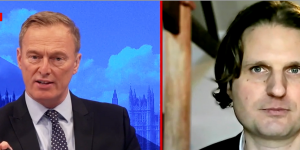
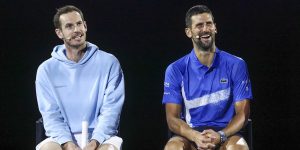
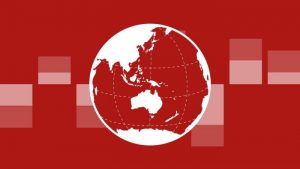
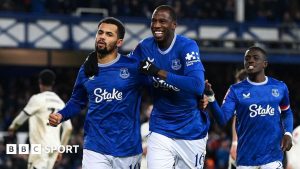

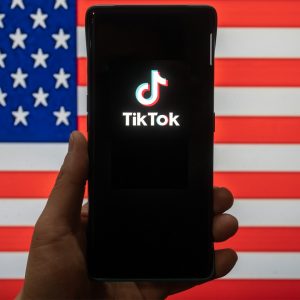
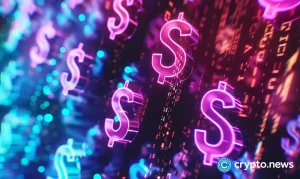



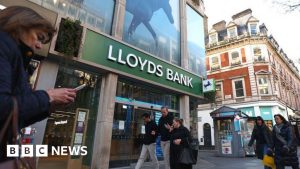

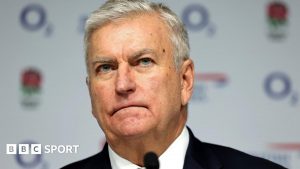
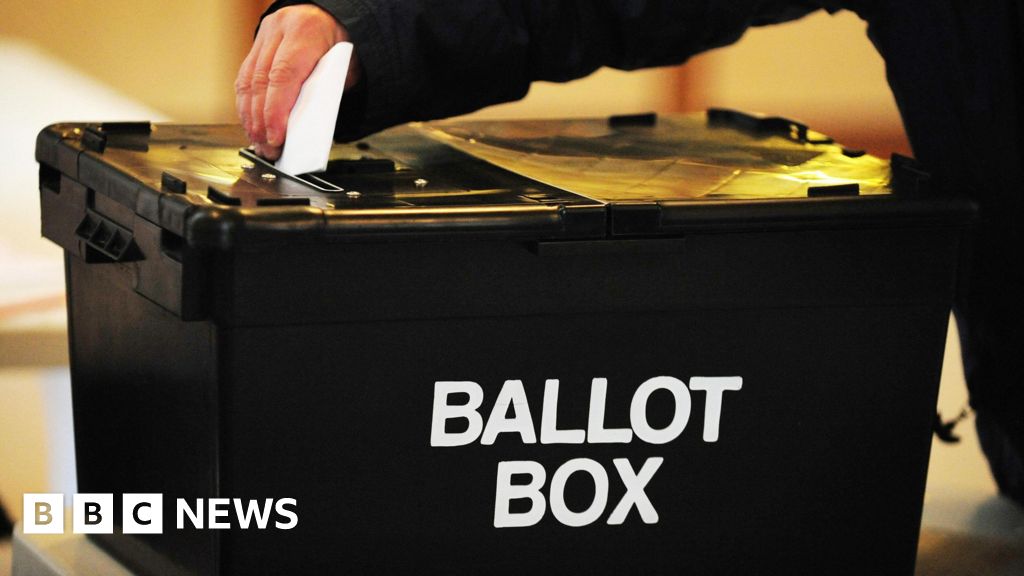
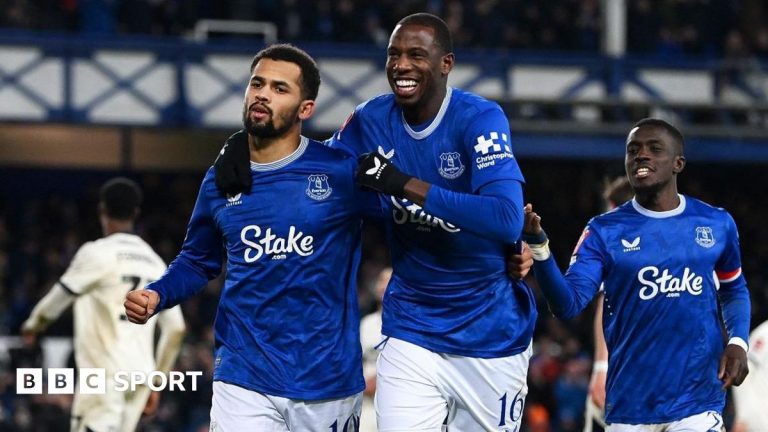
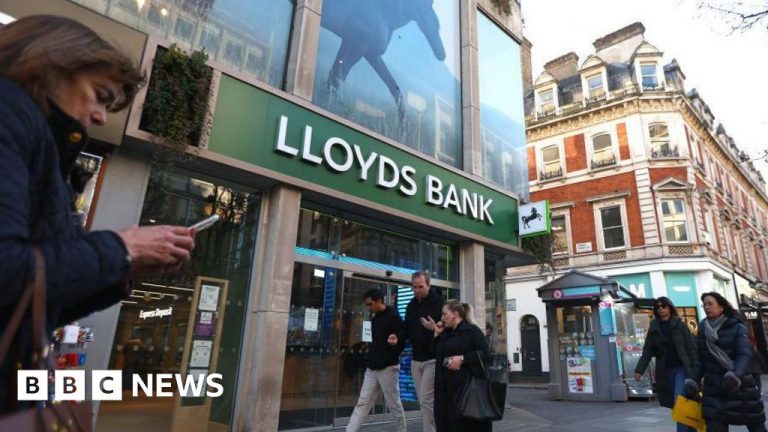

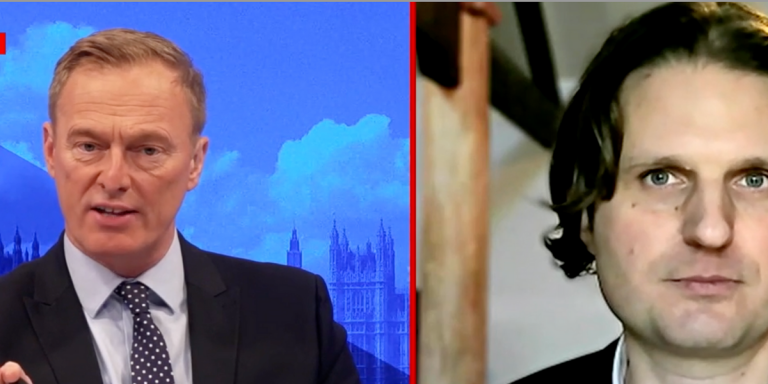
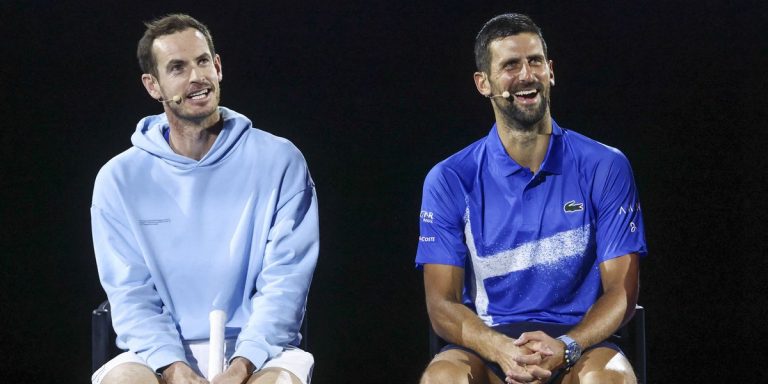
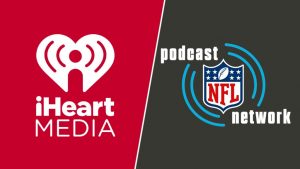

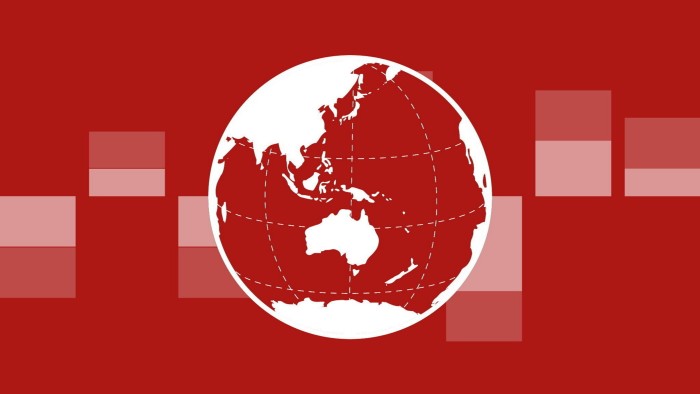
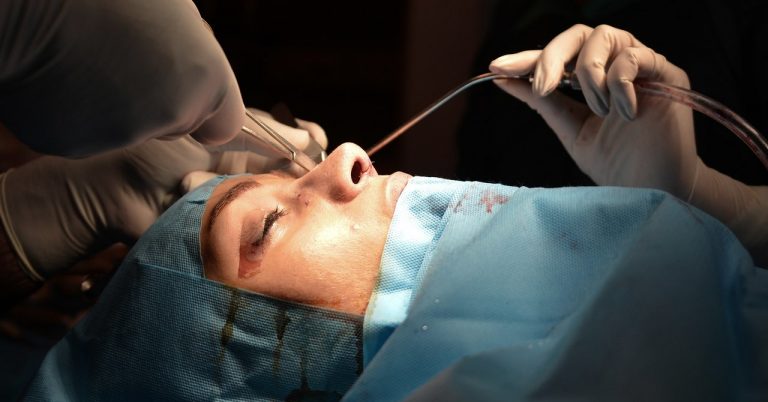
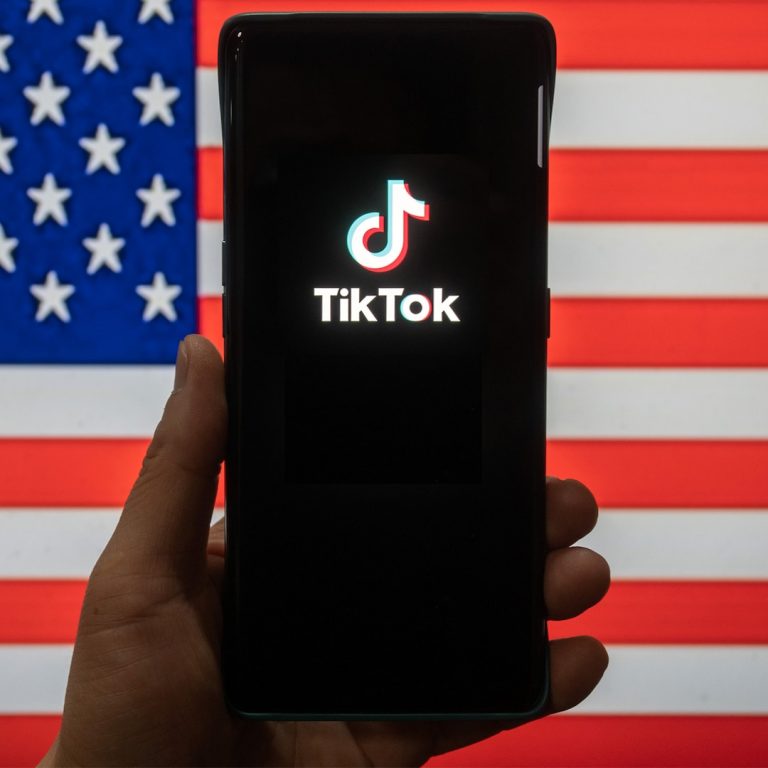
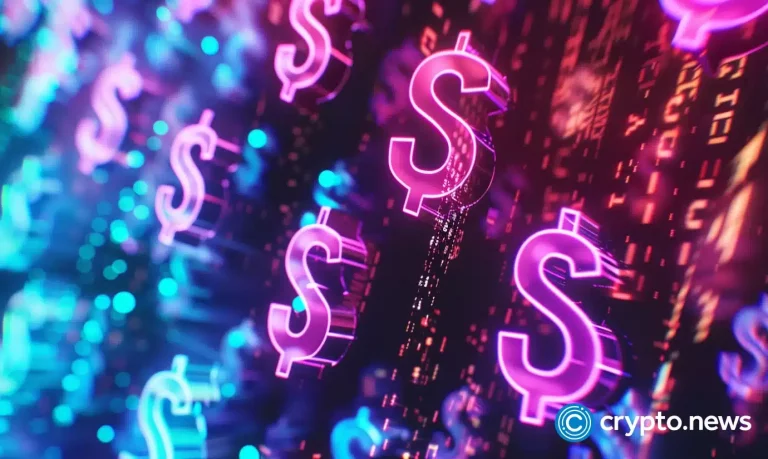
+ There are no comments
Add yours